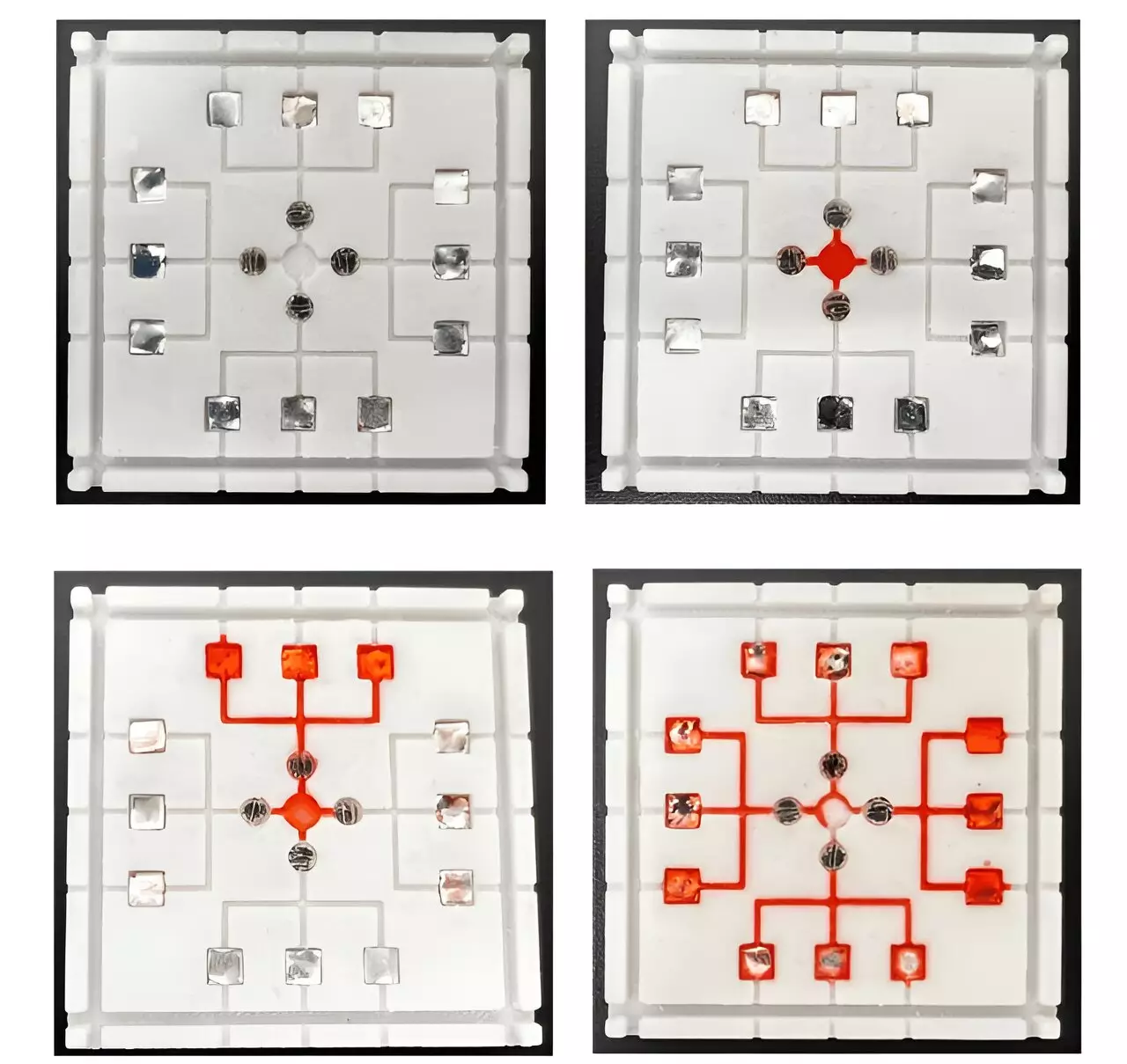Food recalls due to contamination are a common occurrence, sparking concerns about the safety of the products we consume. Despite efforts to prevent pathogens from reaching consumers, current screening methods often fall short. Researchers from Guangdong University of Technology and Pudong New District People’s Hospital have developed a groundbreaking technique that promises to revolutionize how foodborne pathogens are detected.
The Challenges of Detecting Pathogens
Identifying harmful pathogens in food samples is no easy feat, as they come in various forms and can survive in different environments. Existing methods, such as cell culture and DNA sequencing, are effective but impractical for large-scale use. This leads to some contaminated batches slipping through the cracks due to limited testing capabilities.
The Innovative Solution
The research team took a different approach by creating a microfluidic chip that utilizes light to detect multiple pathogens simultaneously. Unlike traditional methods, this chip is cost-effective, efficient, and easy to mass-produce. By tailoring each section of the chip to detect a specific pathogen, the researchers were able to identify common bacteria like E. coli, salmonella, listeria, and S. aureus quickly and accurately.
One of the key benefits of this new detection method is its ability to detect multiple pathogens in a single sample rapidly. The results are easy to interpret, improving overall detection efficiency. With the use of 3D printing technology, the fabrication of these chips can be done on a large scale and customized to target specific pathogens.
The researchers are committed to further enhancing their device to make it even more suitable for food screening purposes. By refining the chip’s design and capabilities, they aim to provide a more comprehensive solution for detecting foodborne pathogens in various food types.
The development of this new method for detecting foodborne pathogens represents a significant breakthrough in food safety technology. With its ability to quickly and accurately identify harmful bacteria, it has the potential to transform how food products are screened for contaminants. The researchers’ dedication to improving their device further underscores the importance of continuous innovation in this critical area of public health.


Leave a Reply